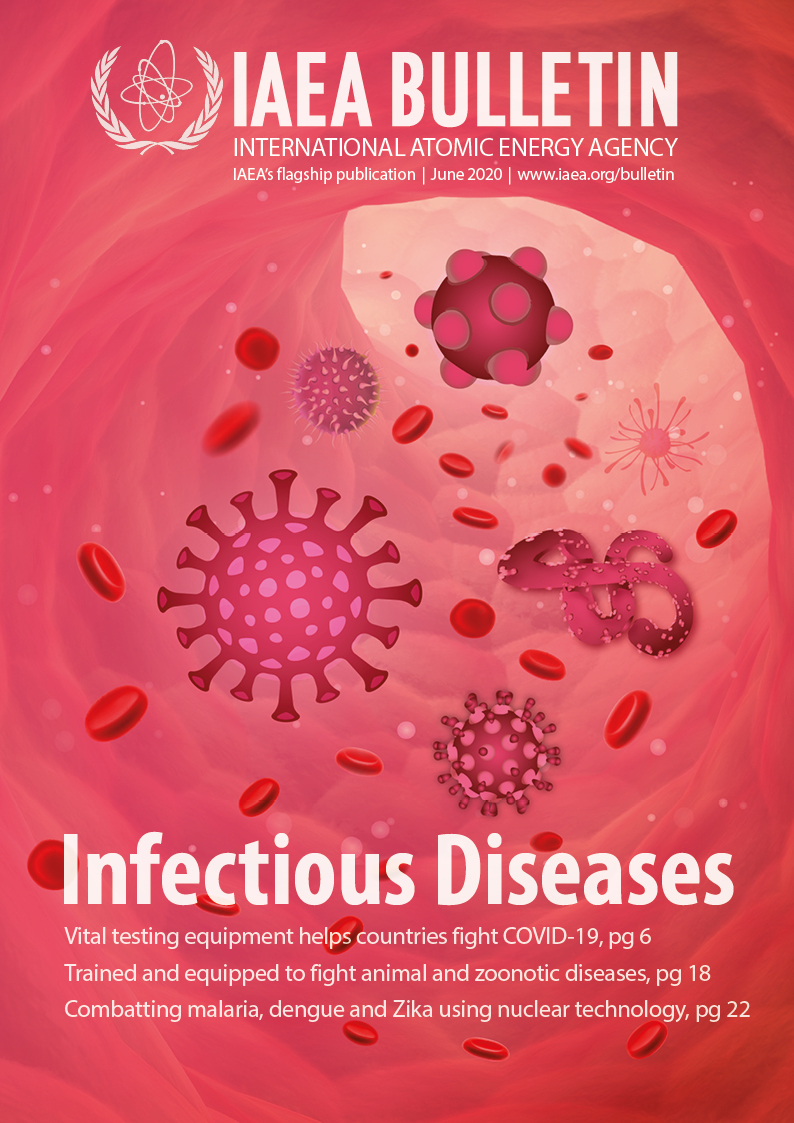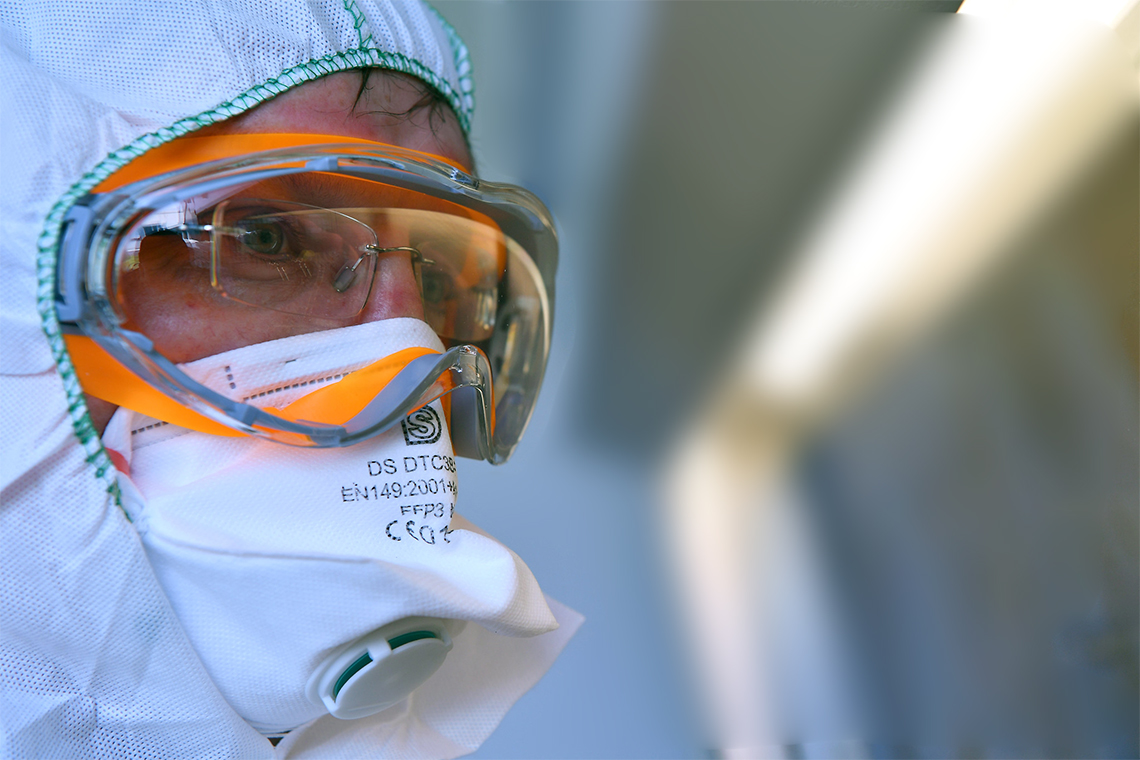When the global pandemic began in early 2020, the IAEA immediately recognized the need for guidance and information related to COVID-19 and how to continue essential radiation medicine services, such as nuclear medicine, radiology and radiotherapy, as well as radiation protection and the production of radioisotopes, during the pandemic and the unique conditions it presents.
“As COVID-19 is a new disease and knowledge was limited, there has been a lot of uncertainty around the pandemic,” Abdel-Wahab said. “Routine medical practices needed to be urgently modified in order to triage patients before various procedures and to limit the spread of infections among patients and health care workers, but there was limited information on how to work in this kind of pandemic environment. Some of the practice changes we now see may continue to be implemented after the pandemic and will likely remain in the long term.”
Quickly joining the global information exchange, the IAEA launched in March 2020 a series of multilingual webinars involving renowned experts and health professionals, which, as of June 2020, had received almost 10 000 live views. Held in collaboration with various organizations1, the webinars have focused on the COVID-19 pandemic in relation to: operations of nuclear medicine departments; radiology in the fight against the disease; preparedness of radiotherapy departments; protocols and dose optimization for computed tomography (CT) scans of the chest for the COVID-19 disease; medical radioisotopes and radiopharmaceutical supply chains; sterilizing personal protective equipment with irradiation; reverse transcription–polymerase chain reaction for detecting the COVID-19 virus; radiation protection for health workers; and effective technical services for monitoring individuals.
“During these difficult times, we were in need of guidance on how to operate and how to continue providing essential services while also protecting our staff and patients all with only having limited information, much of which was only from a national perspective,” said Stefano Fanti, a speaker at several of the IAEA webinars and Director of the Nuclear Medicine Division at the Bologna University Hospital Authority St. Orsola-Malpighi Polyclinic in Bologna, Italy, which is located in one of the European regions worst affected by COVID-19. “The information from worldwide experts through these webinars has been very useful because it provided a worldwide perspective. The webinars have also provided confidence-building guidance on how to move forward after easing lockdowns.”
For many health professionals, the webinars have been an important avenue for connecting with and learning from experts, as well as for gaining an understanding of how to handle the new situation.
“During the IAEA webinar, we had a chance to learn directly from leading experts and other health professionals who we may otherwise not have had direct access to. This helped us to quickly adapt our radiology services, as well as consider how to best use CT and other imaging techniques for COVID-19 and lower risks for patients and medical staff,” said Jasminka Chabukovska-Radulovska, a radiologist from North Macedonia, who participated in an IAEA webinar called COVID-19 and chest CT: protocol and dose optimization. Held in April 2020, the session covered CT and other imaging techniques now being used for evaluating and monitoring COVID-19, as well as how to ensure optimal and proper selection of parameters and protocols. Learn more about CT and other diagnostic imaging techniques here.
“More people getting diagnostic imaging scans such as CT due to COVID-19 means that patients and workers could be at greater risk of exposure to radiation and to the disease. This is being exacerbated by overburdened hospitals that have had to carry out these procedures in different ways or in environments not originally designed for this purpose, such as temporary health facilities in gyms,” said Ola Holmberg, Head of the Radiation Protection of Patients Unit at the IAEA. “By addressing questions of doses, protocols and even how to maintain hygiene and work under stress in a pandemic environment, health workers are better able to ensure that these potentially life-saving imaging procedures are effective, while also being safe for their patients and themselves.”

